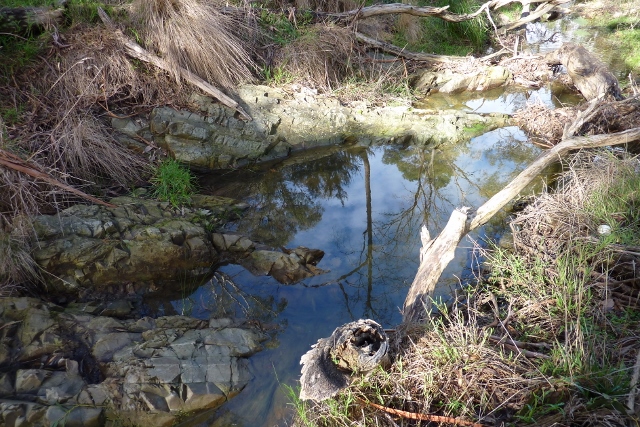The Australian Government has stumped up $5m for small grants to community groups, in celebration of this being the 25th year of Commonwealth involvement in Landcare, and to avoid being seriously embarrased by rebadging their NRM program the “National Landcare Program” but leaving no money of Landcare groups! Now I have some sense of how Aboriginal people might have felt about the appropriation in the term “Caring For Our Country”, the last national NRM program.
Bigger news has been the requirement that 20% of AG funds to regional NRM bodies be allocated to Landcare projects. This is a major opportunity for Landcare to get a place at the table and for regions and Landcare to develop collaborative decision making.
In the VLC submission to the current Senate inquiry into the National Landcare Program, I made the point that change will come through Landcare participation in design of programs of action that influence practices in communities. Landcare members have deep holdings of social knowledge on which draw on – community segments, history, networks, influentials, and past NRM successes and failures, the memories of which linger long after the government staff have moved on. See VLC Submission to Senate Inquiry 080814 for more on this.
And there seems some prospect of discipline around design and evaluation of the NLP, with an intelligent set of questions in the Consultation Paper for the NLP.
The VLC agenda to support the Australian Government’s commitment to “place landcare back at the centre of land management”, and “support and encourage strong community engagement and participation in regional NEM planning and implementation” will be guided by four principles:
Innovation across the NRM system. We don’t need one fix applied everywhere – we need many points of innovation, and many innovators in governance, doing what they think will make a difference and feeding that into a network of similar innovators. NRM is multi-level and multi-regional, so we need to connect across levels as well as within levels. Innovators do their own thing, but they need a community of practice within which they can push themselves into and through the contraints they encounter
Devolution of responsiblity for decisions and action. The next level up has to loosen up, listen up and let go, come down off its high horse and show some respect and interest in the intelligence, knowledge and skill that the next level down brings to the NRM enterprise. Lighten up the systems for proposing and reporting projects. Get out of the way. Give the support people need to build their competence.
Learning from diversity. NRM situations are complex and contested. There are many possible points of leverage, and many interests, each seeking outcomes important to them. If the answers were easy, we would have had them implemented 20 years ago. Answers will be forged in the vigorous discussion and the determined action initiated by the diversity of people with a stake in any situation.
Challenging old habits. Improvement in NRM is blocked by old habits of decision making and old assumptions about who has power and who has authority. The deathlock that scientific management has on NRM will only be broken when it is challenged. Enough talk of partnership, engagement and collaboration: let’s have bold experiments, with close assessments of what is improving decision making, and what’s getting in the way.
For how I turned this into specific recommendations on NLP mechanisms, see the VLC submission to the NLP Consultation.


